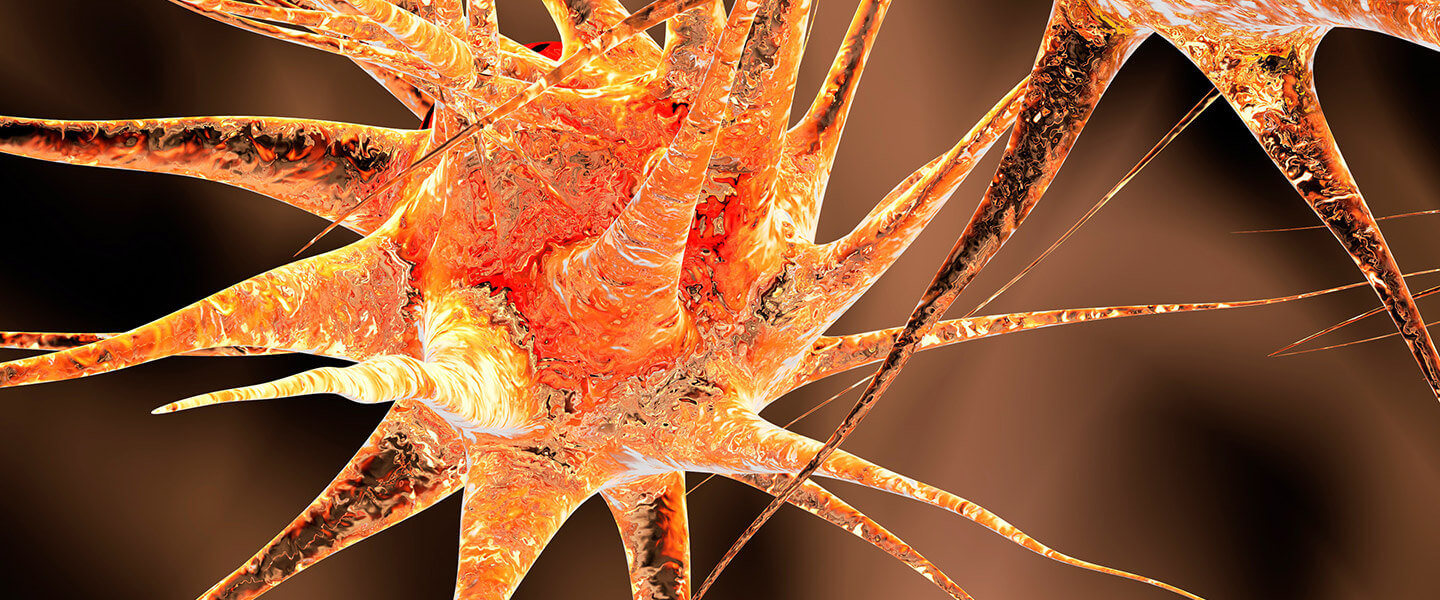Using Stem-Cell Technology, Researchers Succeed in ‘Growing’ a Working Blood-Brain Barrier
Using Stem-Cell Technology, Researchers Succeed in ‘Growing’ a Working Blood-Brain Barrier

Researchers co-led by 2016 BBRF Young Investigator Ethan Lippmann, Ph.D., report they have succeeded in “building” vascular tissue that functions like the brain’s crucial protective membrane, called the blood-brain barrier. The barrier acts like a selective sieve, keeping large molecules including bacteria out of the brain and spinal fluid, but allowing oxygen, glucose, and other vital substances to enter.
The work, performed at Vanderbilt University and published February 14, 2019 in Stem Cell Reports, should help speed the translation of scientific ideas into research on the brain.
While two-dimensional brain-cell cultures have been grown in the past, this is the first time a three-dimensional model that functions like the human blood-brain barrier has been created. The model is grown from cells sampled from human vasculature that are induced to redevelop as a specialized cell type that is the basis of the blood-brain barrier. Then they are assembled in a three-dimensional matrix which functions like a scaffold.
The cell-reprogramming technique, pioneered in brain research by BBRF grantees and others over the last decade, is called iPSC, which stands for “induced pluripotent stem cell” technology. It has many applications across medicine, notably in the creation of various types of “organoids”—living, three-dimensional cultures of cells that are coaxed to redevelop as cell-types specific to various bodily organs. One promising path forward in drug testing and disease research lies in creating organoid models of human organs, to determine efficacy and potency of medications.
While researchers have experimented with rudimentary brain organoids, the new method for recreating structures that perform the role of the human blood-brain barrier, if incorporated into brain organoids, would bring science a step closer to creating “brains in a dish” that faithfully replicate both the structure and function of actual human brains, or portions of them.
Duplicating the endothelial barrier in brain organoids is critical, because the brain must be protected from substances in the blood.
The blood-brain barrier develops “leaks” in certain illnesses, including certain neurological diseases including ALS and epilepsy. It is also more permeable when inflammation in the body reaches high levels. This may be one way in which inflammatory molecules enter the brain and perturb normal function, for instance in multiple sclerosis.



